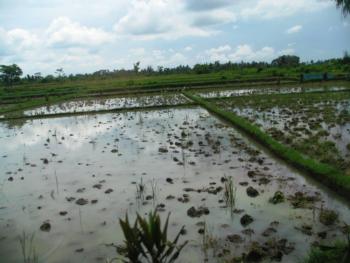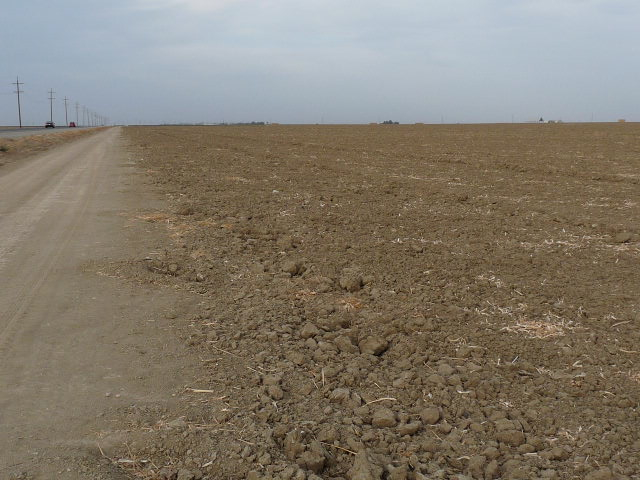Boost in Butte County Rice Production
Butte County Rice Growers and Communities Are Optimistic
By Emily McKay Johnson, Associate Editor
Butte County rice growers are all smiles this year as regional filled-to-capacity water allotments have progressed crop production in a very timely manner. Randall Mutters, the county director of the University of California (UC) Cooperative Extension in Butte County, specializes in rice production.

Randall Mutters, county director of the UC Cooperative Extension in Butte County (Source: UCCE Butte County)
Butte County, known as the “land of natural wealth and beauty,” hosts the second largest acreage of rice in California and a population of over 220,000 residents as of 2012. Rice production is imperative for supporting local growers and surrounding communities. Mutters reiterated, “When the agricultural base is doing well, the community as a whole prospers.”
As growers continue to cultivate their rice, businesses and communities in the area are incredibly optimistic. Mutters explained, “I fully expect to have close to 500,000 acres of rice planted this year,” a remarkable number compared to last year’s 425,000 planted acres.
Mutters said, “It’s been relatively warm and dry, with just a few sprinkles here and there, but not enough to really slow down operations. The season is progressing very timely.” Also encouraging to Mutters, is pests that are typically an early season problem, have not been troublesome this year.
The UC Cooperative Extension in Butte County monitors and protects the agricultural industry by offering educational resources to promote technology and other strategies for farmers. Though the price of rice is not very strong, the community as a whole is enjoying their success.















